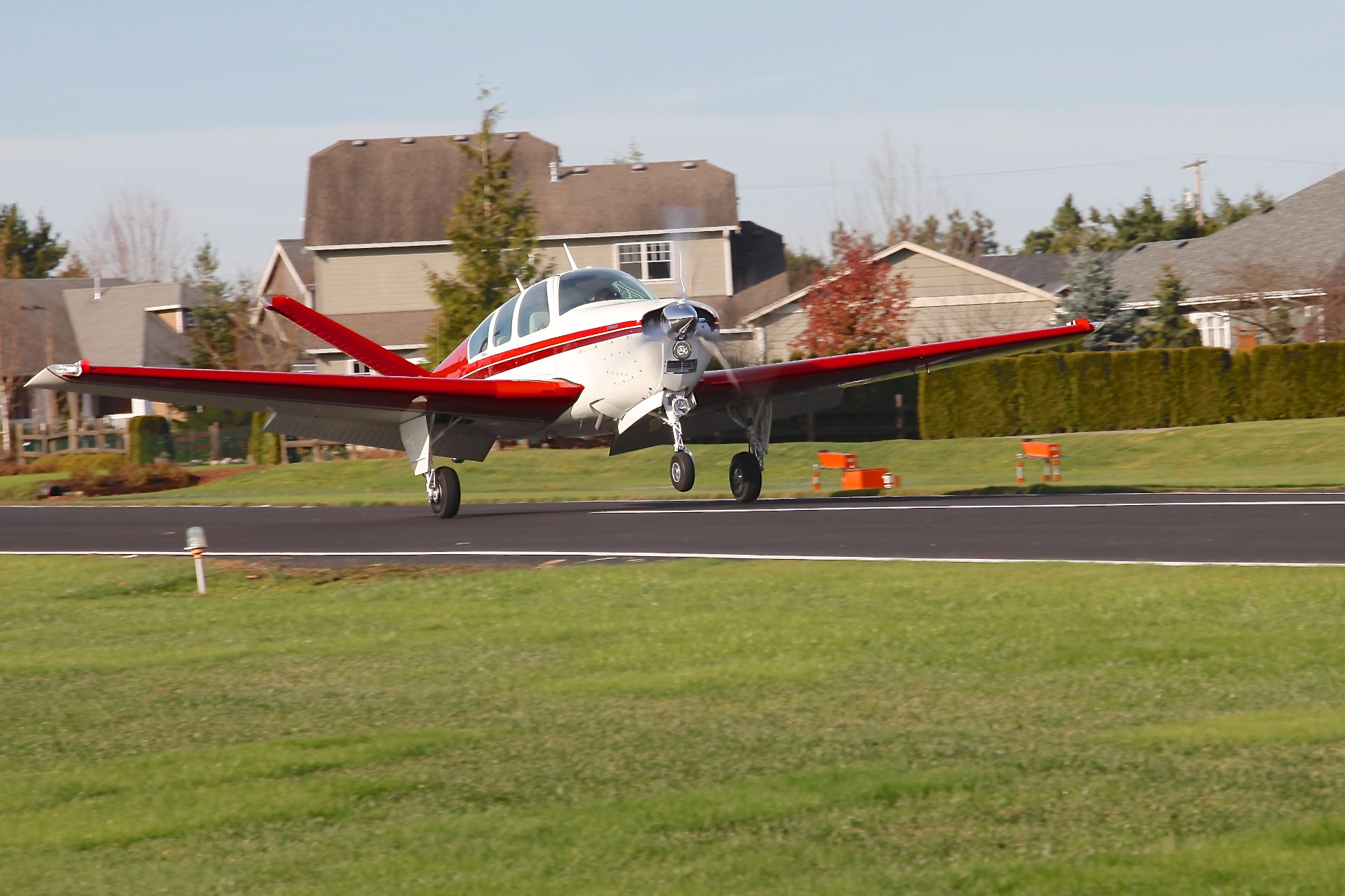Protect your investment... Fly your airplane!
Insuring that your airplane remains financially viable is a simple exercise... you need to fly it. But if extenuating circumstances prevent you from "punching a hole in a cloud" on a routine basis, here's a few tips that will help you maintain the integrity of your aircraft and its engine while protecting your investment.

Summer is over and autumn will be upon us soon. In many parts of the country, fall marks the beginning of decreased aircraft use due mostly to adverse or unpleasant flying weather. Here in Chicago, or in Northern Wisconsin where my wife and I maintain a vacation home, winter flying in the northern latitudes, where subzero wind chill factors are common, is no fun.
Obviously, I have been thinking about this and it got me also thinking about the forty plus airplanes I've looked at for clients so far this year... planes that never leave the hangar. Sadly, I'm seeing a trend developing that has the potential, at least in my mind, to significantly reduce the number of active and flyable aircraft across the entire Bonanza fleet. The problem, simply put, is a lack of flight activity. FAA records show that the number of hours an aircraft owner flies his or her airplane annually has declined from an average of 130 hours to 90 hours over the past 10 years; a drop of more than 30%. So many of our beautiful airplanes are sitting, tucked away in hangars rarely visited, collecting dust and decaying, physically and financially, to a point of no return. I believe this trend, if not corrected, will lead to a decline in the number of Bonanzas that are viable for flight.
I can't tell you how many airplanes I've seen that have not flown for many months or even years, but the amount is sizable. In the past, most of these airplanes were well cared for and actively flown but somewhere along the way, something happened causing them to stagnate in a hangar; the owner died, lost his or her medical, got involved in a divorce, lost interest in flying, lost a reason or a place to fly, or couldn't support the care and/or maintenance of the airplane... the list goes on and on. Whatever the reasons, these airplanes are sitting and, in the process, are mutating from financially viable aircraft into parts source.
I recently looked at a beautiful S35 with flawless records, great paint, NDH, good glass, zero corrosion, many modifications and less than 1,500 hours total time on the airplane. But the airplane has been sitting in a hangar for years... flat tires, covered in dust, tanks half empty, out of annual, dead battery, etc. Despite the fact that the airplane had lived in the southwest all its life, as expected due to lack of use, the engine had significant corrosion on the cam and lifters.
According to "book," the median book value of this airplane is $44,000. If you replace the engine on the airplane, the median book value increases to $67,000. If the cost of an engine overhaul for the airplane is $35,000 and the book gives you a $23,000 increase in book value, you've lost half of your investment the day you install your newly overhauled motor. In other words, any funds expended above the increased aircraft book value are gone. Now add to that the cost of a prop overhaul, a thorough annual inspection, transponder and static system checks, ADS-B update, etc. and you're quickly into the airplane for 10%-20% above book retail.
The point is simply, the airplane is no longer financially viable from a value standpoint. It is now a "project," plain and simple, and one where a buyer can never breakeven. It is worth more in parts than it is as a complete and flying airplane. But the demise of these perfectly beautiful airplanes can be easily prevented by just seeing that an airplane flies regularly and is maintained, even if only to minimum standards. If you have an airplane that is just sitting and begging for your attention, you have essentially three options... you can let it sit, you can fly it, or you can sell it.
If your airplane is not flying and you don't anticipate it flying for three months or more but you really aren't ready to part with it yet, here's a to do list to help preserve it's financial and mechanical integrity:
If you've decided that perhaps your flying days are coming to a close, due to age, financial reasons or other reasons, and you think its time to say goodbye to your old friend, here are a few things to consider.
Fall is a perfect time to sell your airplane rather than letting it sit inactive through the winter months while incurring the associated expenses. If your airplane spent more time in the hangar this past summer than it should have or if the time has come to give up flying, let us find a new and loving home for your aircraft. We have years of experience finding qualified Bonanza buyers that will pay you a fair price for your airplane. But most importantly, we work with Bonanza "lovers" that will give your airplane the same TLC that you've given it in the past, and allow it to remain flyable for many years to come.
